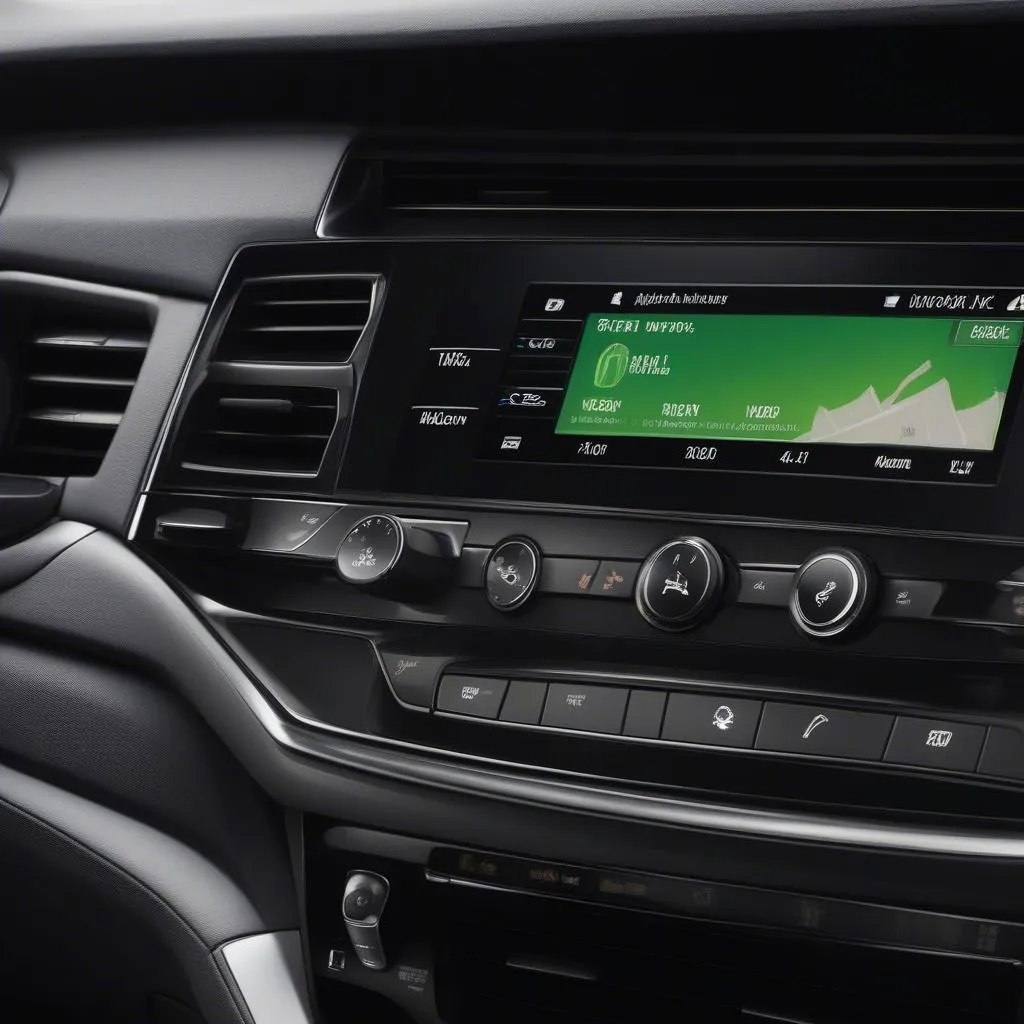The iconic 1997 Range Rover HSE is renowned for its luxurious appeal and off-road prowess. However, even these stalwarts can experience issues. One common problem is the illumination of the brake warning light on the dashboard. This light serves as a crucial indicator of potential issues within the braking system, demanding immediate attention to ensure safe operation. This article delves into the common causes behind a 1997 Range Rover HSE brake warning light and provides comprehensive solutions to address them.
Understanding Your Range Rover’s Brake Warning System
Before delving into specific causes, it’s vital to understand how the brake warning system operates. The system comprises various components, including sensors, a brake fluid reservoir, and the warning light itself. When the system detects an anomaly, such as low brake fluid or a fault with the braking components, it triggers the warning light to alert the driver.
Common Causes of a Brake Warning Light
Several factors can trigger the brake warning light in a 1997 Range Rover HSE. Identifying the root cause is essential for effective troubleshooting.
1. Low Brake Fluid Level
One of the most frequent culprits is a low brake fluid level. Brake fluid is the lifeblood of your braking system, responsible for transmitting force from the brake pedal to the wheels. A leak or worn-out brake pads can lead to a drop in fluid level, activating the warning light.
Expert Insight: “Always check your brake fluid level as part of your routine maintenance. It’s a simple visual inspection that can prevent major braking problems.” – John Carter, Senior Automotive Technician
2. Worn Brake Pads
Brake pads are designed to wear down over time. As they wear thin, the brake caliper pistons have to extend further to engage the rotors, leading to a lower brake fluid level and triggering the warning light.
3. Faulty Brake Light Switch
The brake light switch activates your brake lights when you depress the brake pedal. A malfunctioning switch can disrupt the brake warning system, causing the light to illuminate.
4. ABS System Issues
The Anti-lock Braking System (ABS) is a crucial safety feature that prevents wheel lockup during hard braking. A fault within the ABS system, such as a faulty sensor or control module, can trigger the brake warning light.
5. Brake Line Leak
Brake lines carry brake fluid from the master cylinder to the wheels. A leak in any of these lines can lead to a significant loss of brake fluid and system pressure, prompting the warning light.
Troubleshooting the Brake Warning Light
Addressing a brake warning light requires a systematic approach. Here’s a step-by-step guide:
-
Check Brake Fluid Level: Park your Range Rover on a level surface and inspect the brake fluid reservoir. If the fluid level is below the “Min” mark, add the recommended brake fluid. If the level is low, inspect for leaks around the master cylinder, brake lines, and calipers.
-
Inspect Brake Pads: Check the thickness of your brake pads. If they are worn thin, replace them immediately.
-
Test Brake Light Switch: Locate the brake light switch above the brake pedal. With the ignition on, depress and release the brake pedal while observing the brake lights. If they fail to illuminate or remain lit, the switch needs replacement.
-
Scan for ABS Codes: If the previous steps don’t reveal the issue, consider having your Range Rover scanned for ABS fault codes. This requires a specialized diagnostic tool.
-
Consult a Qualified Technician: For brake line leaks or complex ABS issues, it’s crucial to seek professional assistance from a qualified technician specializing in Range Rover vehicles.
Conclusion
The brake warning light in your 1997 Range Rover HSE is a critical safety indicator that should never be ignored. By understanding the common causes and following the troubleshooting steps outlined in this article, you can ensure the safe and reliable operation of your vehicle’s braking system. Remember, when in doubt, always consult a qualified technician for expert diagnosis and repair.

